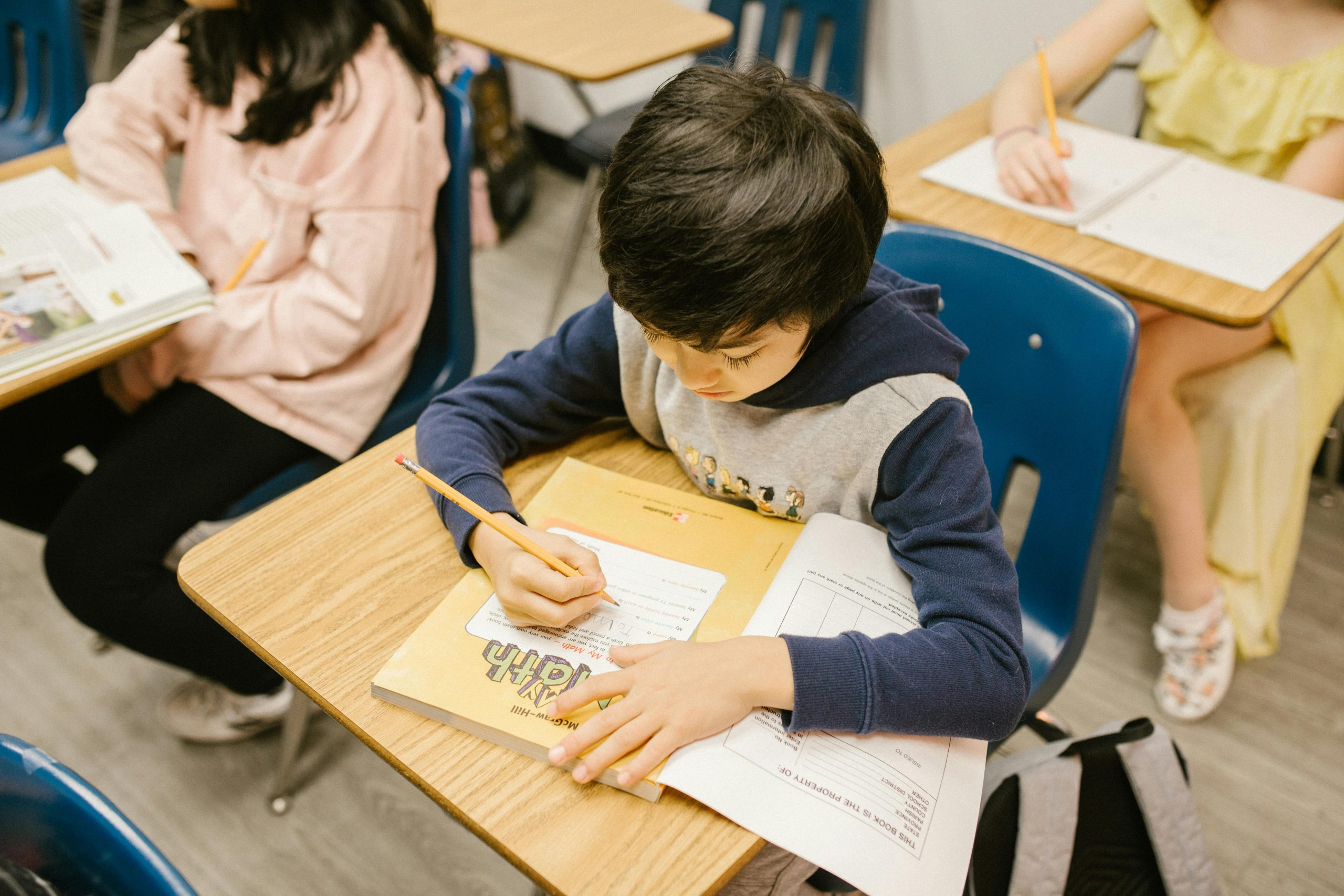Redefining early literacy programs through student mental health
As educators and parents, we understand the importance of early literacy programs in setting the foundation for a child’s academic success. However, as society continues to recognize the effects of mental health on individuals, it is crucial that we expand our understanding of what it means to truly support a child’s literacy development. We must redefine our approach to early literacy programs by also prioritizing student mental health.
The Connection Between Mental Health and Early Literacy
According to the National Alliance on Mental Illness, 1 in 5 children ages 13-18 experiences a severe mental health disorder. This means that it is highly likely that there are children in every classroom who are struggling with mental health issues. Often, mental health challenges can impact a child’s ability to learn and engage in academic activities, especially in the crucial early years of literacy development.
Research has shown that children who have poor mental health are more likely to struggle with reading and writing skills, as well as have a higher likelihood of being diagnosed with learning disabilities. In fact, a study by the American Psychological Association found that children with attention-deficit/hyperactivity disorder (ADHD) have a higher prevalence of reading disabilities compared to their peers without ADHD.
It is clear that there is a strong connection between mental health and early literacy. As such, it is essential that we consider how early literacy programs can also support student’s mental health.
Redefining Early Literacy Programs
Traditionally, early literacy programs have focused solely on teaching children the fundamentals of reading and writing. While this is undoubtedly essential, it is not enough to set them up for success in school and life. As educators, we must also consider how we can support the mental health of our students.
Creating a Safe and Inclusive Learning Environment
The classroom environment can significantly impact a child’s mental health. As educators, we have the power to create a safe and inclusive space for our students, which can lead to increased academic success. By implementing strategies such as trauma-informed teaching, creating a positive and empathetic classroom culture, and promoting inclusivity, we can foster an environment where all students feel comfortable and supported.
Integrating Social and Emotional Learning (SEL)
Social and emotional learning is the process through which children learn critical skills such as self-awareness, self-management, social awareness, relationship skills, and responsible decision-making. By integrating SEL into early literacy programs, we can equip our students with the necessary tools to manage their emotions, build positive relationships, and develop a growth mindset. This, in turn, can help reduce symptoms of mental health disorders and improve academic performance.
Incorporating Mindfulness Practices
Mindfulness practices, such as deep breathing exercises, meditation, and yoga, have been shown to improve mental health and increase focus and attention. Incorporating these practices into early literacy programs can benefit students in numerous ways, including reducing anxiety and promoting self-regulation.
The Role of Parents and Caregivers
Parental involvement is crucial in supporting a child’s mental health and academic success. As such, it is essential to involve parents and caregivers in early literacy programs. Educators can provide resources and tips for parents to promote a positive learning environment at home, as well as ways to support their child’s social and emotional well-being.
Conclusion
Redefining early literacy programs to include a focus on student mental health is crucial in setting our children up for academic and personal success. By creating a safe and inclusive learning environment, integrating social and emotional learning, incorporating mindfulness practices, and involving parents and caregivers, we can support our students’ mental health and help them thrive in all aspects of their lives.










